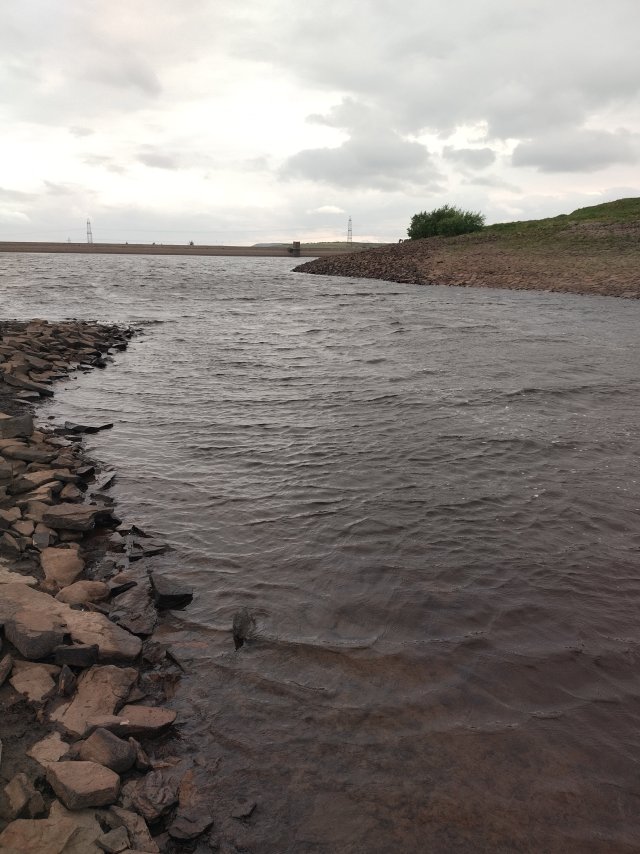Some aqaruists like colored gravel, fancy colored rocks, even un-naturaly blue backgrounds one would only sea in deep ocean depths.
To me, none of those appear normal, and some actually (seem to me) to compete with, and to take away from (what I consider to be) the focus,the fish, or flora.
Some perceive drastic light or dark substrate to be an enhancer.
I find a too light substate makes certan cichlid species colors wash out, taking away from natural beautyand too dark substrate force them into very dark aberations to feel comfortable.
In most cases the most common cichlid predaros come from above with birds, so many of their natural camoflage refect that .
A good example might be Herichthys carpintus, from above on sandy substrate they appear almost invisable to hide from predators, (there are 3 carpintus in the left photo below)
but from the side where it counts to attract a suitable mate, they stand out.
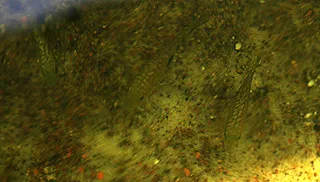
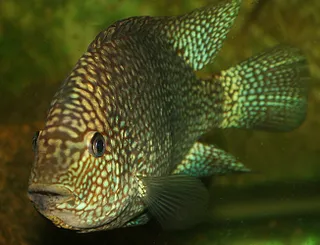
Most natural substrate is not colorful, it helps them to blend in when necessary, but also enhances color and does not compete when attraction is needed.

There is an Andinoacara cichlid in the lower right corner
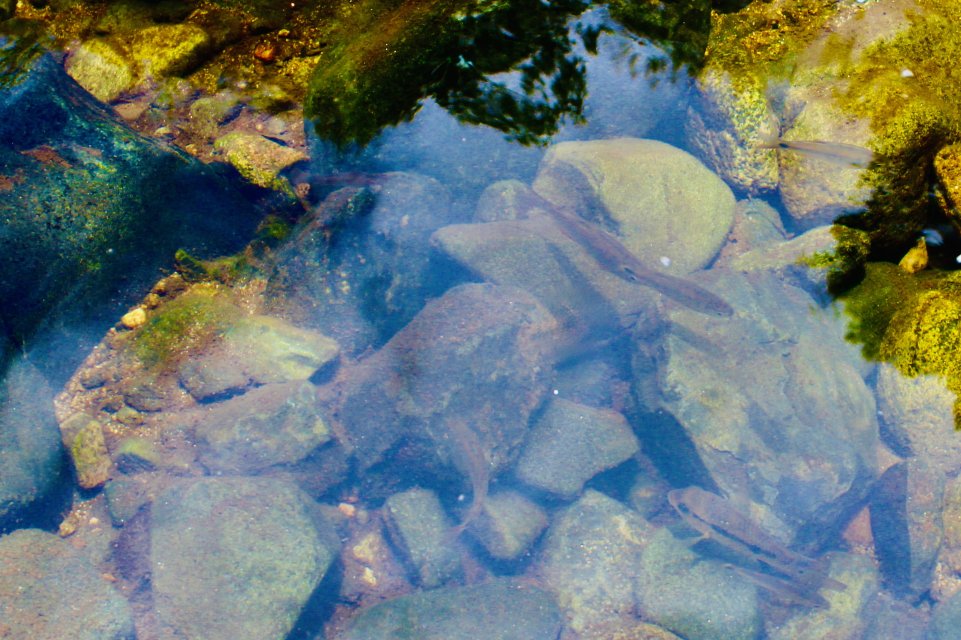
From the side that species stands out to prespective mates.
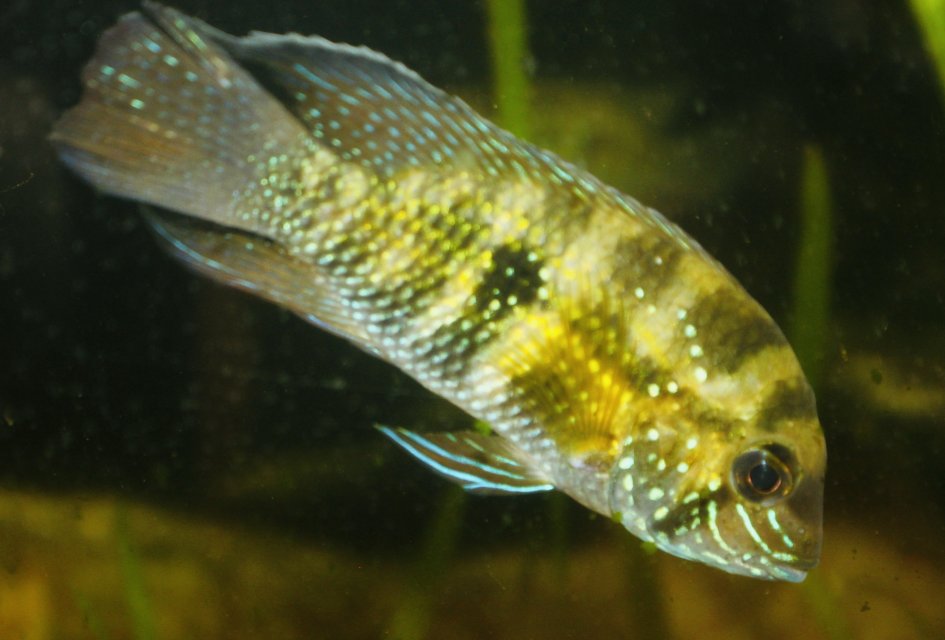
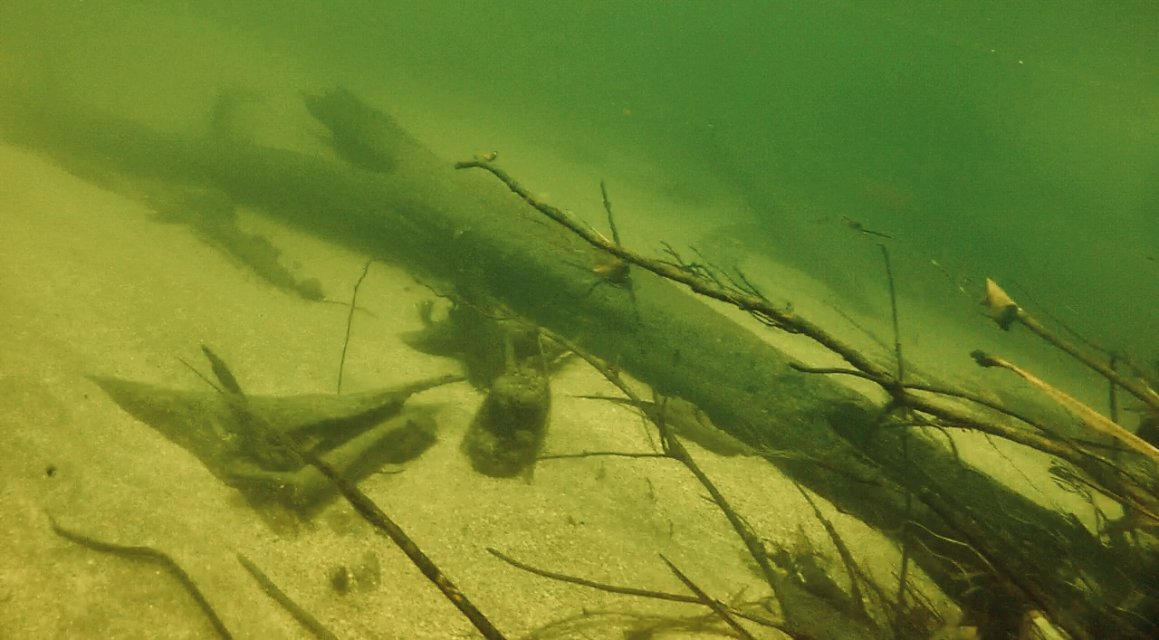
A river in Colombia above, what I perceive to be a natural tank below.
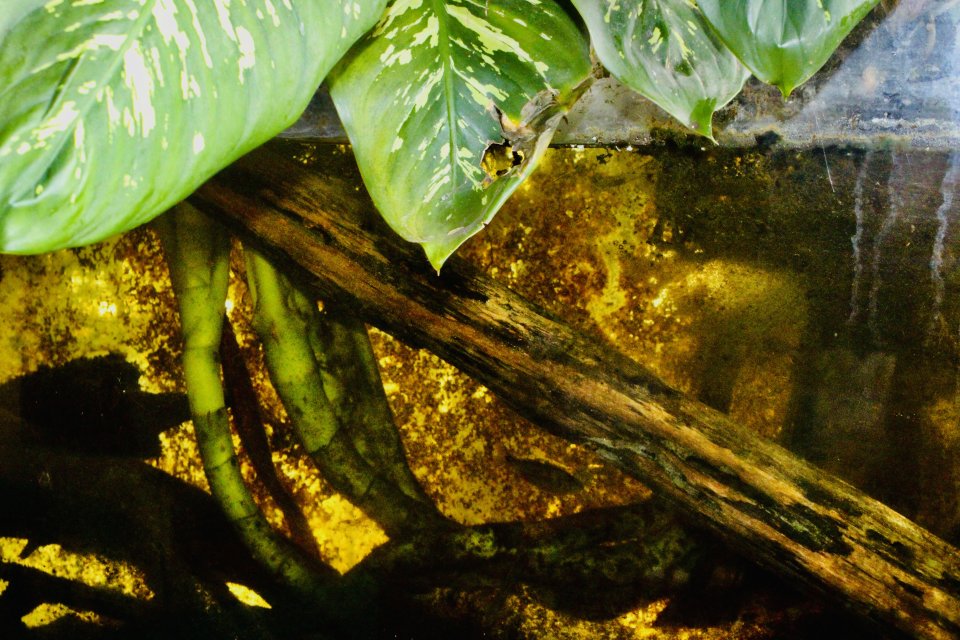
To me, none of those appear normal, and some actually (seem to me) to compete with, and to take away from (what I consider to be) the focus,the fish, or flora.
Some perceive drastic light or dark substrate to be an enhancer.
I find a too light substate makes certan cichlid species colors wash out, taking away from natural beautyand too dark substrate force them into very dark aberations to feel comfortable.
In most cases the most common cichlid predaros come from above with birds, so many of their natural camoflage refect that .
A good example might be Herichthys carpintus, from above on sandy substrate they appear almost invisable to hide from predators, (there are 3 carpintus in the left photo below)
but from the side where it counts to attract a suitable mate, they stand out.


Most natural substrate is not colorful, it helps them to blend in when necessary, but also enhances color and does not compete when attraction is needed.

There is an Andinoacara cichlid in the lower right corner

From the side that species stands out to prespective mates.


A river in Colombia above, what I perceive to be a natural tank below.





